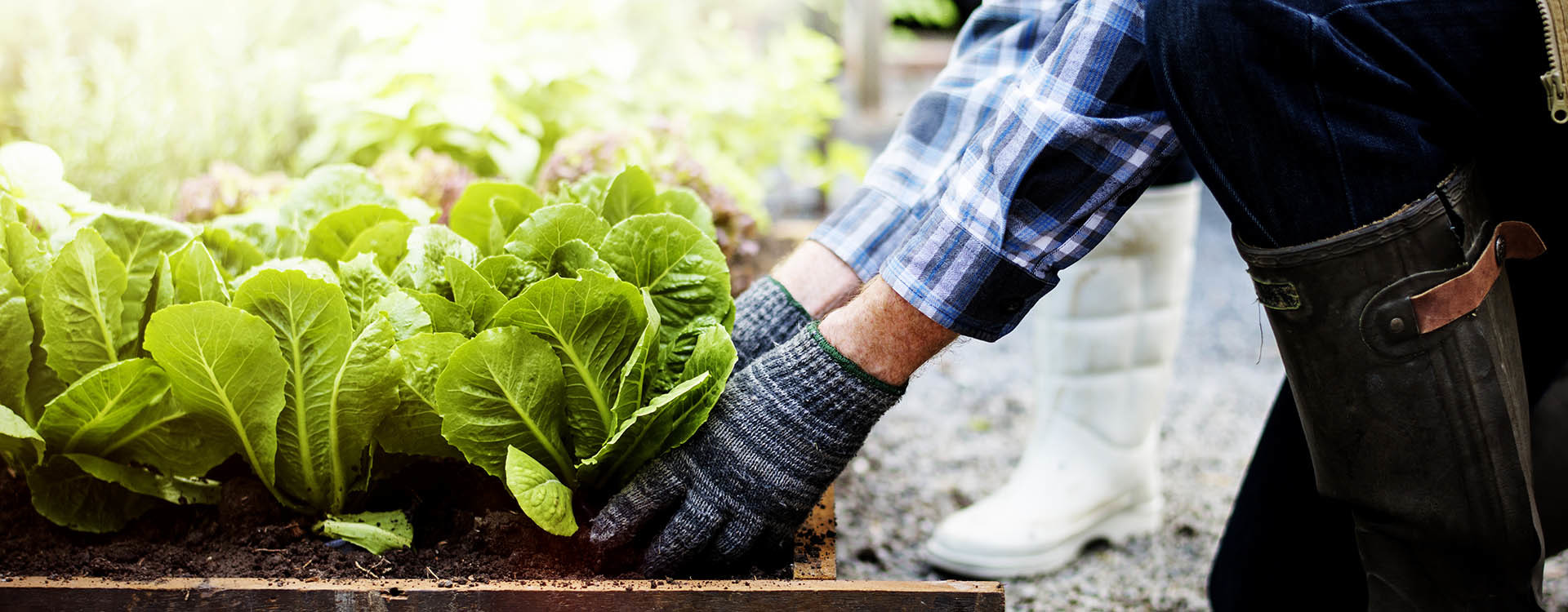Getting The City Blooming To Work
Getting The City Blooming To Work
Blog Article
The Basic Principles Of City Blooming
Table of ContentsNot known Incorrect Statements About City Blooming 6 Simple Techniques For City BloomingSee This Report on City BloomingGetting The City Blooming To WorkCity Blooming Can Be Fun For Everyone
Fascinated in growing food available in the City of Chicago? Assuming regarding starting an area garden? Adjustments to the Chicago Zoning Ordinance permit agricultural uses like area yards and city ranches in lots of components of the city. Below is a list of often asked questions pertaining to the policies and regulations that growers need to consider when planning a city farming job.
The zoning modification does not change any kind of various other codes managing composting, building licenses, buying or leasing City possessed property, company licenses or environmental contamination. There are existing codes that control these concerns and they remain completely impact and may apply to your task. Neighborhood gardens are normally possessed or taken care of by public entities, public organizations or community-based organizations and maintained by volunteers.
Urban ranches expand food that is intended to be sold, either on a not-for-profit or for-profit basis. Due to their commercial function, urban farms call for a company certificate.
The Single Strategy To Use For City Blooming
Composting is allowed however only for plant product that is produced and made use of on site. The amount of garden compost product can not surpass 25 cubic yards at any kind of offered time according to the standards in 7-28-715 of the City's Municipal Code. Yes. Due to the fact that the dirt at the majority of brand-new garden websites requires changing, garden compost, soil, wood chips, or other materials can be acquired to construct or enhance the expanding space - urban gardening.

If a building authorization is called for after that the hoophouse will be thought about an accessory structure. You can learn more regarding the building license requirements by speaking to the Division of Structures. The 25,000-square-foot dimension restriction is meant to stop a solitary area yard from dominating a given block or detracting from the block's existing household or industrial personality.
The restriction does not use to yards located in Public Open Room (POS) districts. Can there be even more than one neighborhood yard that is 25,000 square feet on a solitary block? Fence is not needed, nonetheless, gardens that have huge car parking areas may be required to install fence or other landscape design features.
Some Known Factual Statements About City Blooming
B1 & B2 areas need that all commercial usage tasks be conducted inside your home. Is secure fencing needed for metropolitan ranches? Fences may be required, along with landscape design and testing, for particular auto parking areas and outside work or storage space areas depending on area and the particular activity taking place.
Yes. Urban ranches require structure authorizations and zoning authorizations prior to construction. Various other types of city evaluation might be required depending upon particular frameworks, activities, size, landscaping, licensing, public heath and stormwater administration issues. A number of these demands are identified in the job design or allowing procedure, nevertheless, the applicant might be responsible to independently determine certain licenses or allows that might be called for.
Yes. The kind of permit is determined by what is happening at the website. The Department of Business Matters and Consumer Defense can aid identify the certain kind of business permit that's called for. Yes. Off road car parking is needed for the majority of commercial projects in Chicago. The needed number of car parking spaces is based on the number of workers dealing with site and not the square footage of the expanding area.
Unknown Facts About City Blooming

Yes. A city farm can market garden compost material produced on website, however, the operation must abide by the regulations in 7-28-715 of the Chicago Municipal Code. Yes. Aquaponic systems are allowed indoors on urban farms in several zoning districts. A zoning evaluation and structure license is required in order to install frameworks or systems and a service certificate is needed as described above.
As much as five hives or swarms of honey bees may be kept as an accessory usage. Nevertheless, beekeepers have to register with the Illinois Division of Farming. To learn more concerning the recommended zoning change you might contact the Department of Real Estate and Economic Growth, Bureau of Preparation and Zoning at 312.744.8563.
Farming in cities and metropolitan locations An urban farm in Chicago. Urban agriculture refers to different practices of cultivating. https://www.cheaperseeker.com/u/cityblooming, handling, and dispersing food in city locations. The term likewise applies to the area tasks of have a peek here animal husbandry, aquaculture, beekeeping, and horticulture in an urban context. Urban agriculture is identified from peri-urban agriculture, which occurs in country areas at the side of suburban areas.
More About City Blooming
, who look for to develop social networks established on a shared ethos of nature and neighborhood holism. These networks can create by method of official institutional assistance, coming to be incorporated right into local community preparation as a "change community" movement for sustainable urban development.
In either situation, the a lot more straight access to fresh vegetable, fruit, and meat products that might be know with city farming can enhance food security and food security while reducing food miles, leading to lower greenhouse gas discharges, thus adding to climate modification reduction. Some of the very first evidence of urban farming originates from Mesopotamia.
Report this page